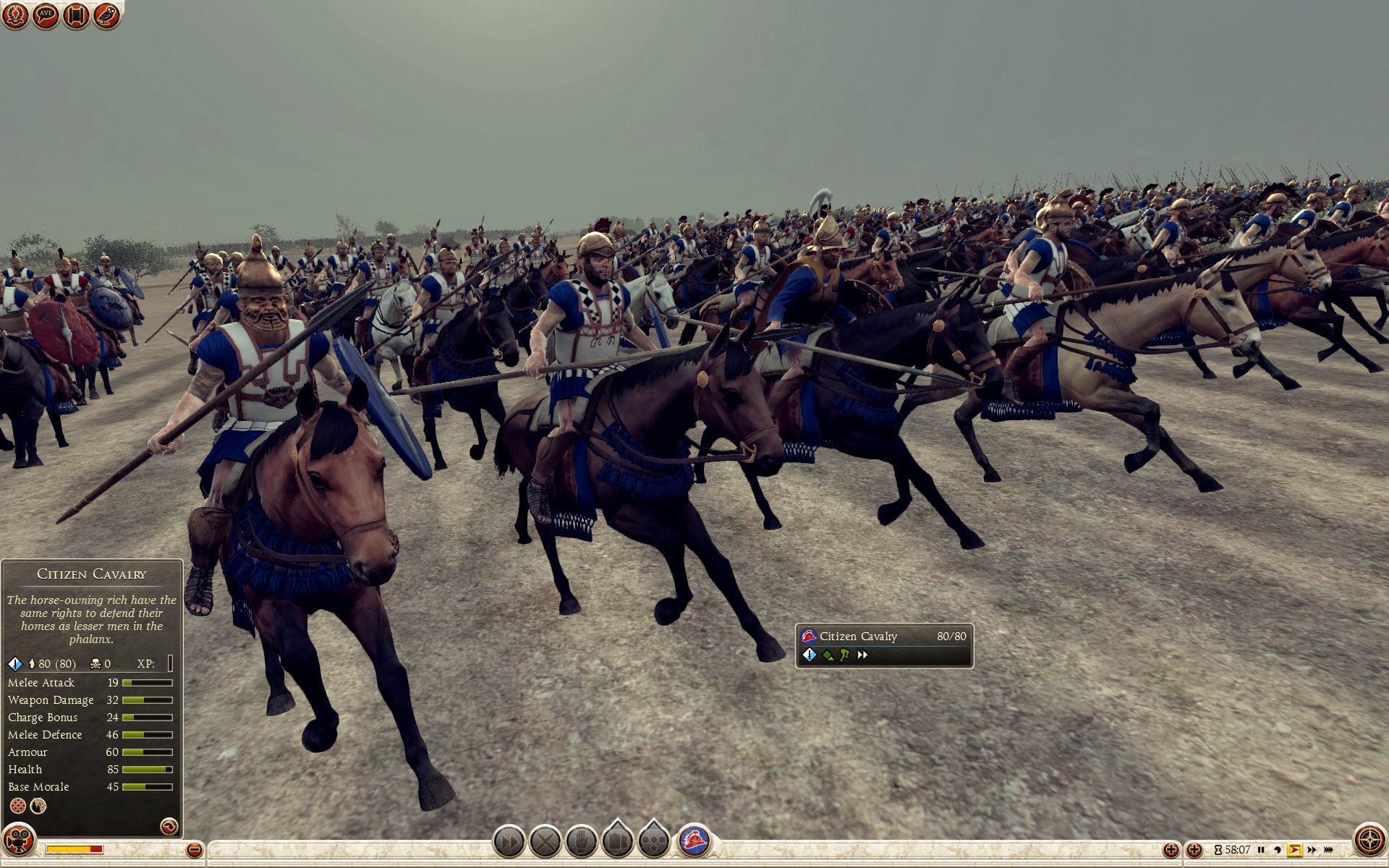
Confronted with the reality that this earthwork fortification could at some point be attacked, that men could be killed and the families of those slain left to deal with war’s tragic consequences, Griffith wrote wishfully: “Surely it is something to be remembered, but I hope it will never be used.” She continued: “It seems real strong and well built….They have completely surrounded Stine’s House.” Near the end of her lengthy diary entry Griffith’s excitement about the visit transformed into a reflection about Fort Collier’s ultimate purpose. First work of the kind I’d ever seen,” Griffith penned excitedly in her journal on August 21. “I have this day visited the breastworks or fortifications out on the Martinsburg Pike… Was exceedingly interested.

While troops labored on Fort Collier, named in honor of the Confederate lieutenant who supervised its construction, Griffith investigated every nook with her father and brother. As Harriett Griffith strolled around the Stine Farm on Winchester’s northern outskirts in the summer of 1861, the sight of an earthwork fortification under construction awed her.


 0 kommentar(er)
0 kommentar(er)
